
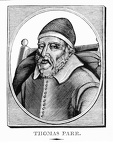 Thomas Parr
Thomas Parr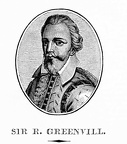 Sir Richard Greenvill
Sir Richard Greenvill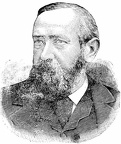 Benjamin Harrison
Benjamin Harrison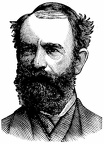 Jay Gould
Jay Gould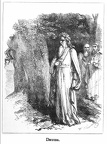 Druids
Druids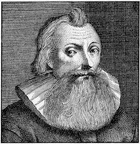 Dr. William Slater. Cathedral Beard
Dr. William Slater. Cathedral Beard King Narmer
King Narmer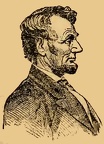 Abraham Lincoln
Abraham Lincoln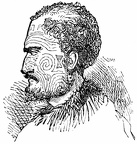 A New Zealander
A New Zealander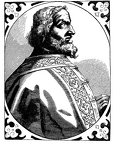 Charlemagne
Charlemagne Man with long beard
Man with long beard Man in buckskin
Man in buckskin Man in buckskin
Man in buckskin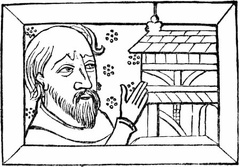 William de Langley
William de Langley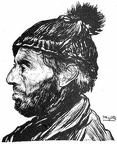 Man with beard
Man with beard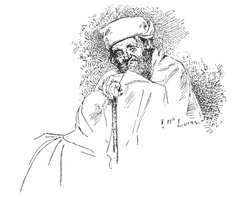 Man with cane
Man with cane Study of a head
Study of a head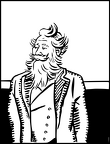 Tufted Beard
Tufted Beard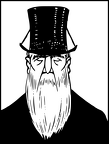 Top hat with beard
Top hat with beard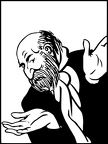 Shrugging man
Shrugging man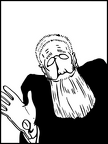 Shrugging man with beard
Shrugging man with beard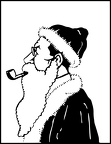 Santa type beard
Santa type beard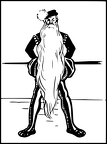 Really long beard
Really long beard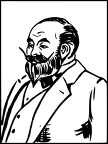 Poirot perhaps
Poirot perhaps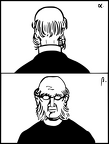 Pastor with beard
Pastor with beard Oriental with Beard
Oriental with Beard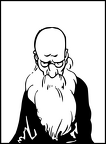 Long Beard
Long Beard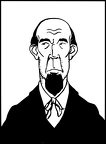 Goatee Beard
Goatee Beard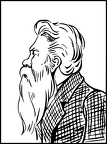 Full beard - full hair
Full beard - full hair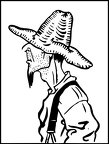 Farmer with beard
Farmer with beard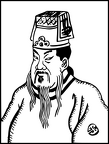 Chinaman with beard
Chinaman with beard Captain with Beard
Captain with Beard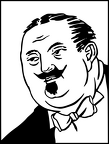 Bowrtie man with beard
Bowrtie man with beard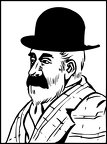 Bowler with beard
Bowler with beard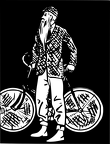 Biker with beard
Biker with beard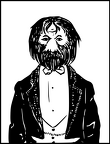 Beastly Beard
Beastly Beard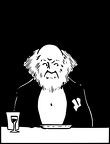 Bearded man waiting for dinner
Bearded man waiting for dinner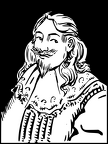 Van Dyke Beard
Van Dyke Beard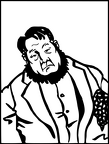 Unhappy man with beard
Unhappy man with beard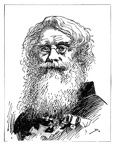 Samuel Finley Breese Morse
Samuel Finley Breese Morse The Old-Clothes Man
The Old-Clothes Man The Bearded Crossing sweeper at the Exchange
The Bearded Crossing sweeper at the Exchange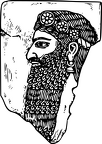 Assyrian Bas-relief
Assyrian Bas-relief



